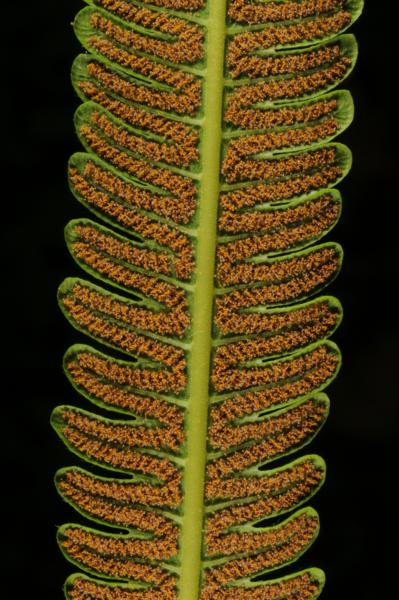
Cyclosorus polycarpus (Blume) Holttum
Family
Thelypteridaceae
Nomenclature
Cyclosorus polycarpus (Blume) Holttum, Rev. Fl. Malaya ed. 1, 2: 283, f. 164. 1955 [‘1954’]. – Aspidium polycarpum Blume, Enum. Pl. Javae.: 156. 1828. – Nephrodium polycarpum (Blume) Keys., Polyp. Herb. Bunge: 7. 1873; Bedd., Suppl. Ferns Brit. Ind.: 74. 1892. – Mesochlaena polycarpa (Blume) Bedd., Suppl. Ferns Brit. Ind.: 13. 1876; Bedd., Handb. Ferns Brit. India: 199, f. 100. 1883. – Sphaerostephanos polycarpus (Blume) Copel., Univ. Calif. Publ. Bot. 16: 60. 1929; Tardieu & C.Chr., Fl. Indo-Chine 7(2): 400, f. 33. 3–4. 1941; Holttum, Blumea 19: 40. 1971; Holttum, Kalikasan 4:56. 1975; Holttum, Fl. Males., Ser. II, Pterid. 1: 448, f. 12a–c. 1982 [‘1981’]; Boonkerd & Pollawatn, Pterid. Thailand: 168, 229. 2000. – Thelypteris polycarpa (Blume) K.Iwats., Mem. Coll. Sci. Univ. Kyoto B. 31: 32. 1964; Tagawa & K.Iwats., SouthE. Asian Stud. 3(3): 78. 1965; Tagawa & K.Iwats., SouthE. Asian Stud. 5: 69. 1967; Tagawa & K.Iwats., Acta Phytotax. Geobot. 23: 54. 1968; Tagawa & K.Iwats., Fl. Thailand 3: 416. 1988. – Type: Blume, Noesa Kambangan, Java (L).
Description
Rhizome massive, erect; scales narrow, up to 20 by 1.2 mm, hairy at margin as well as on dorsal surface, concolorous brown. Stipes 25–130 cm long, 2 cm diam., hairy, bearing reduced pinnae nearly to base. Laminae 49–118(–150) by 17–52(–60) cm, oblong-lanceolate, with 37–62 pairs of full-sized pinnae; lower pinnae suddenly reduced to butterfly-like projections and to mere auricles, middle pinnae nearly straight, ascending or patent, linear, 9.5–35 by 0.9–2.5 cm, lobed to half-way towards costa; segments oblong, oblique, rounded at apex, entire; chartaceous, green; rachis and costa pubescent; veins pinnate, veinlets more than 15 pairs, simple, lower 2.5 pairs usually uniting below sinus, hirsute on both surfaces, ending in hydathodes just inside the margin. Sori medial, elongate along veinlets, up to 1.5 by 0.2 mm, confluent at maturity; indusia oblong, dark, hairy .
Distribution in Thailand
SOUTH-WESTERN: Kanchanaburi; SOUTH-EASTERN: Chanthaburi; PENINSULAR: Surat Thani, Phangnga, Nakhon Si Thanimarat, Trang, Satun, Yala, Narathiwat.
Wider Distribution
Malesia.
Ecology
On rather dry ground in open places at low to medium altitudes.
Proposed IUCN Conservation Assessment
Least Concern (LC). This species is widespread and not under any known threat.
Voucher specimens - Thailand
Middleton et al. 4779, Kanchanaburi, Thong Pha Phum National Park (E); Smith 3048, Surat Thani, Bandon (K); Middleton et al. 5358, Satun, near Thale Ban National Park (E); Smith 1865, Yala, Betong (K).
Habit
Habit
Habit
Habit
Rhizome
Rhizome
Crozier
Frond
Reduced basal pinnae
Pinnae
Frond apex
Transition from full sized to reduced pinnae
Basal pinnae
Upper surface of pinna
Upper surface of pinna
Venation
Lower surface of rachis and pinnae
Base of pinna and young sori
Lower surface of pinna and young sori
Lower surface of pinna and old sori
Sori
Site hosted by the Royal Botanic Garden Edinburgh. Content managed by Stuart Lindsay, Gardens by the Bay, Singapore and David Middleton, Singapore Botanic Gardens. Last updated 24 January 2012
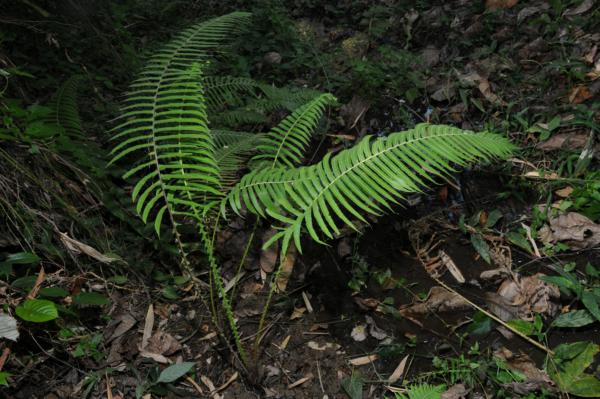
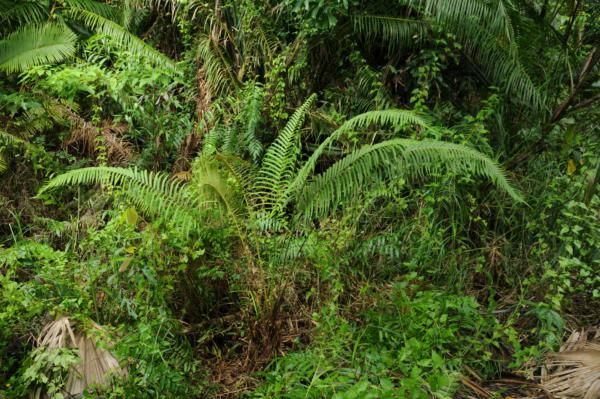
_TP_1813_sml.JPG)
_TP_1810_sml.JPG)
_TP_1814_sml.JPG)
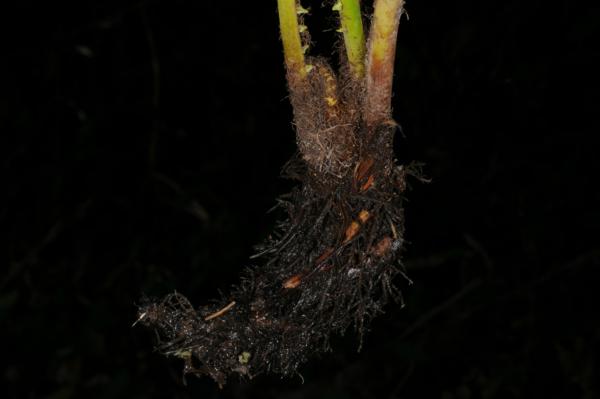
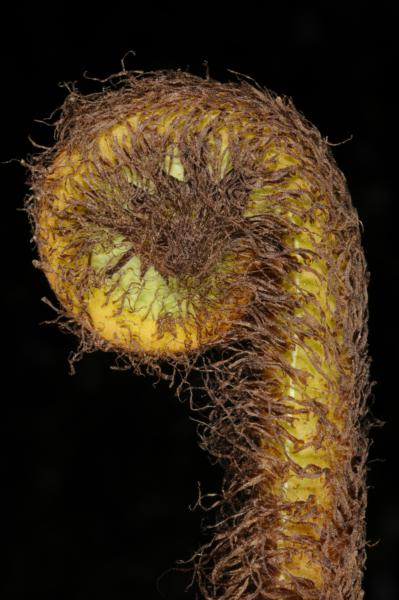
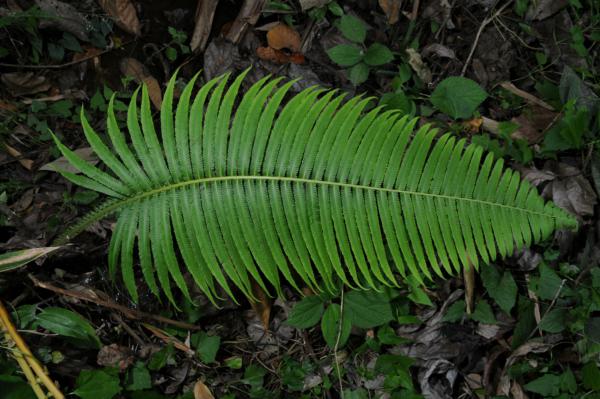
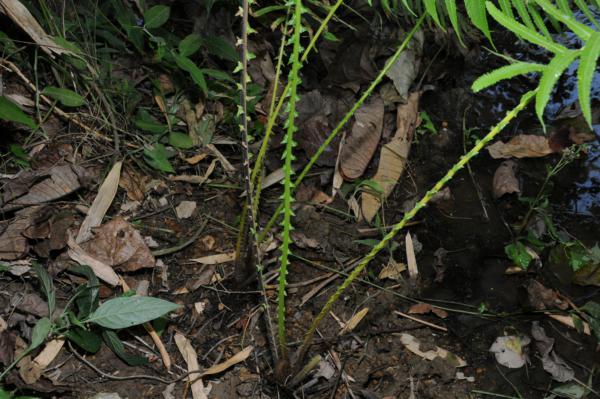
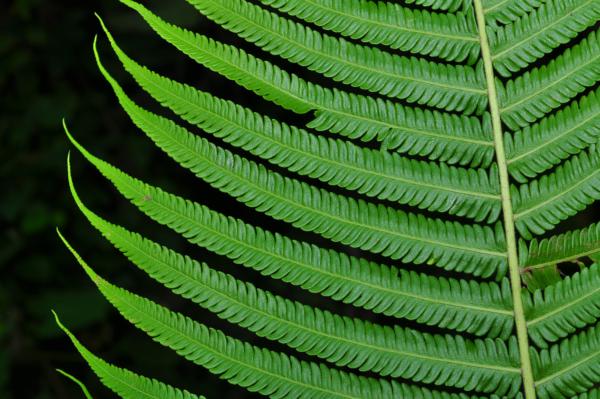
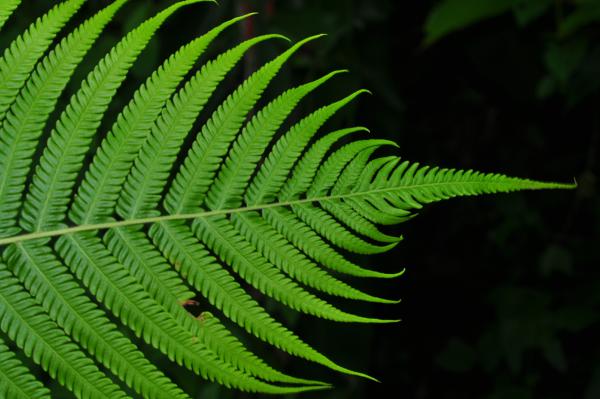
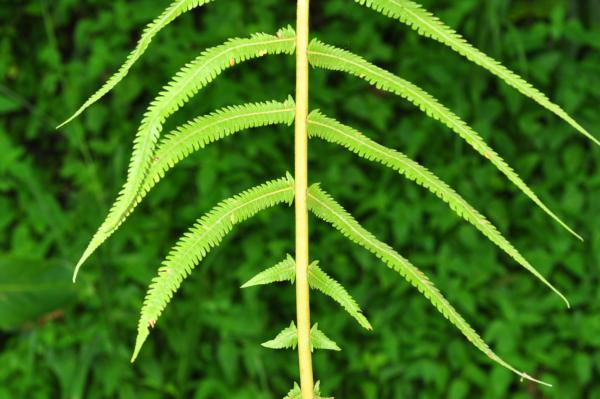
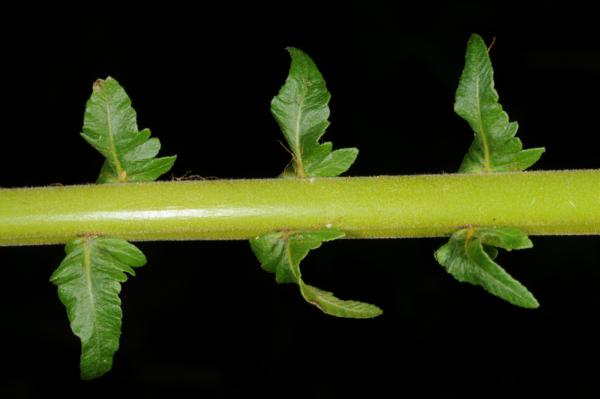
_PK_0710_sml.JPG)
_PK_0711_sml.JPG)
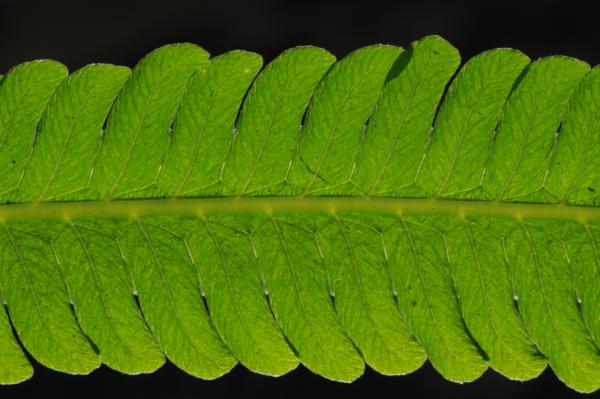
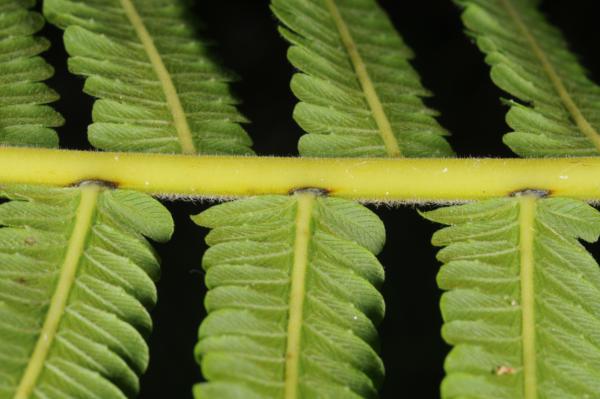
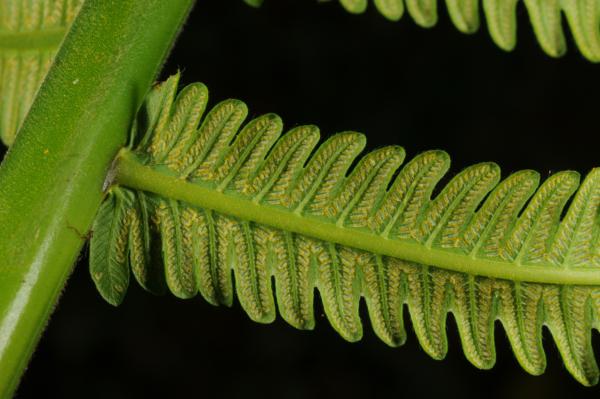
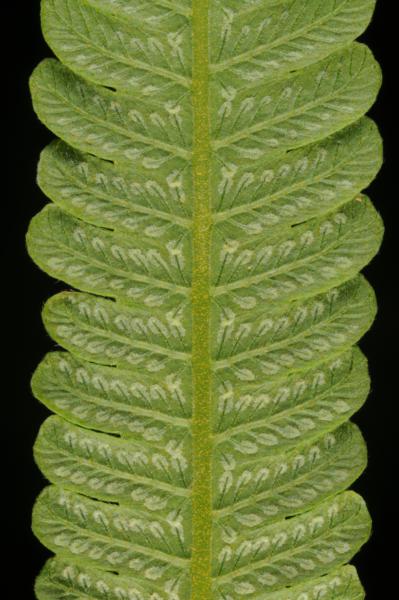
_TP_3716_sml.JPG)
